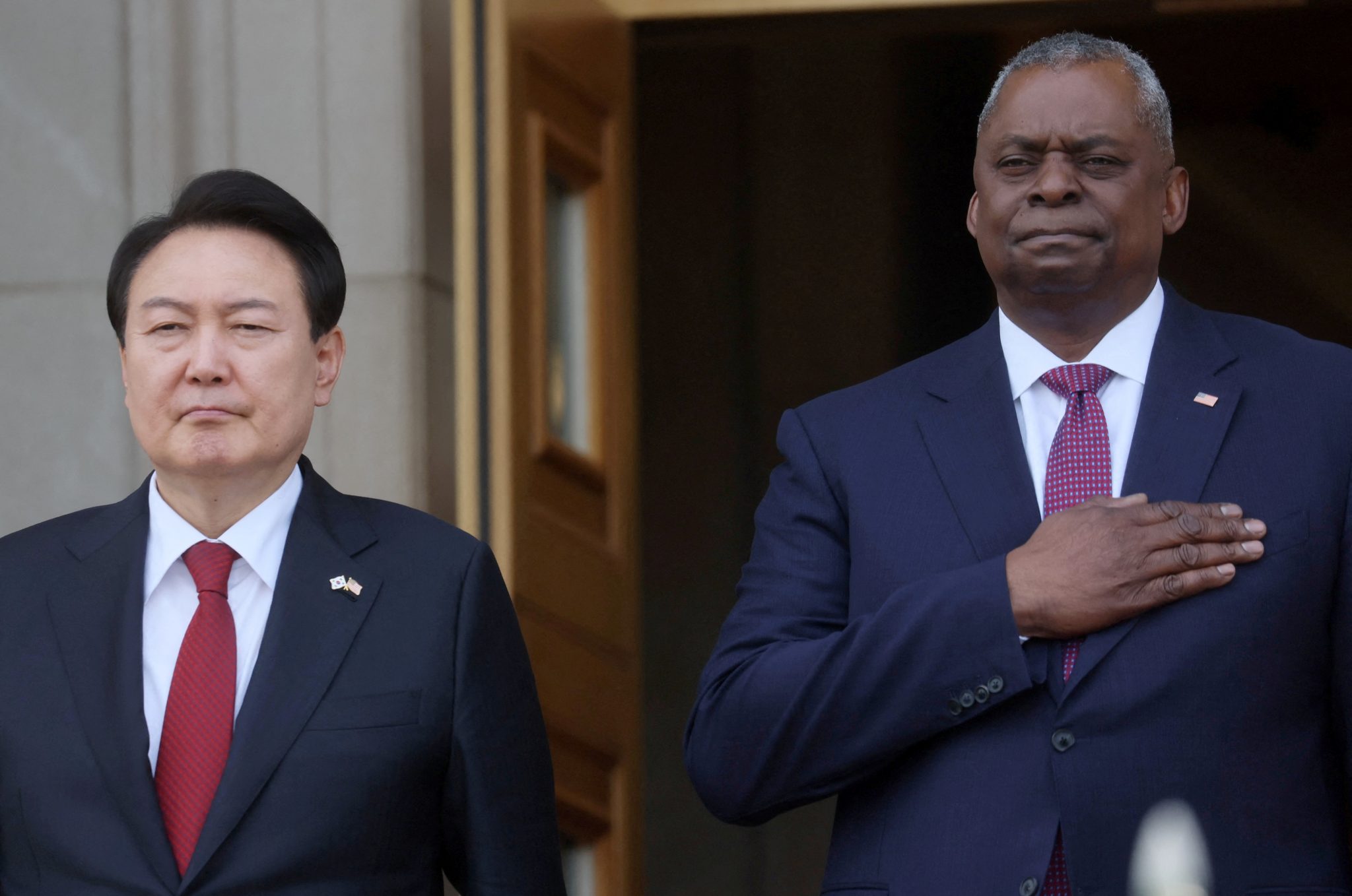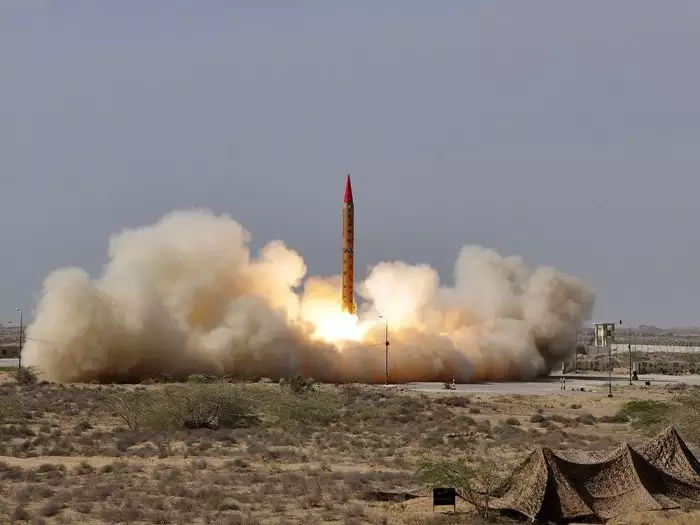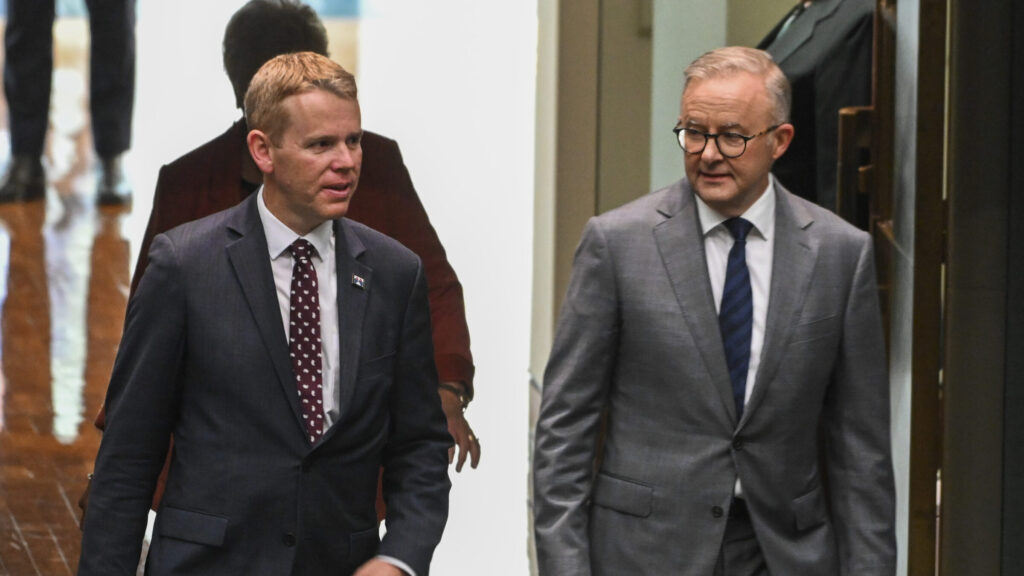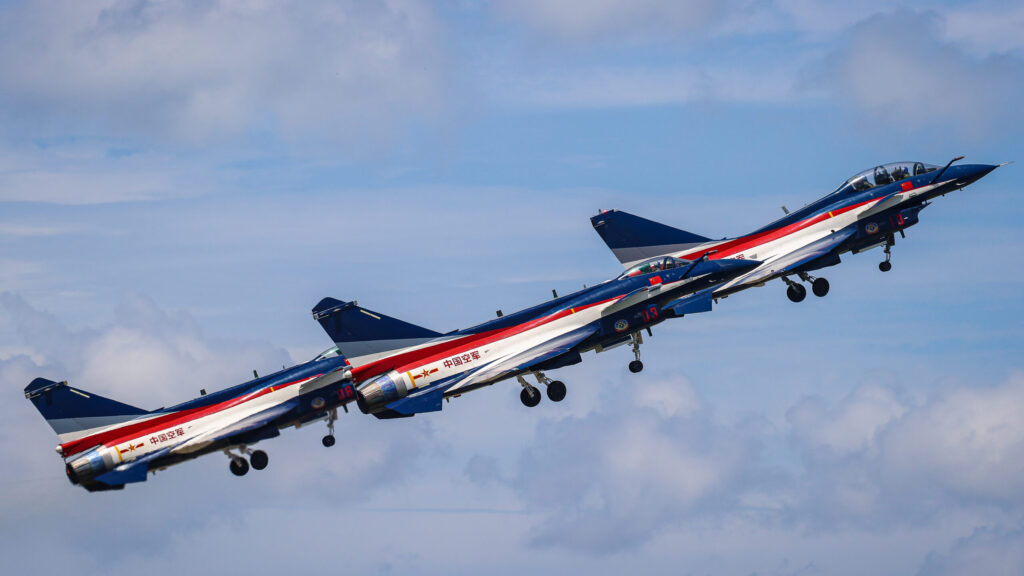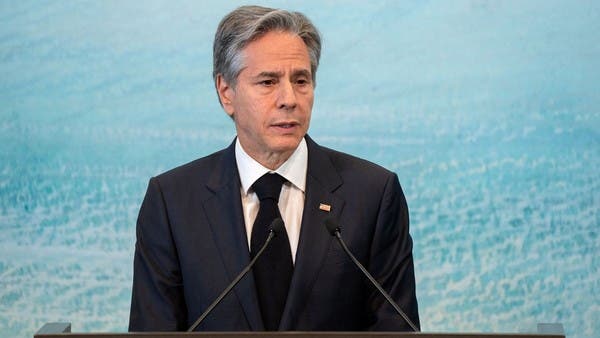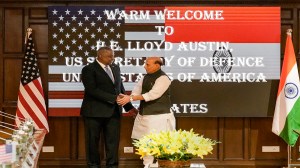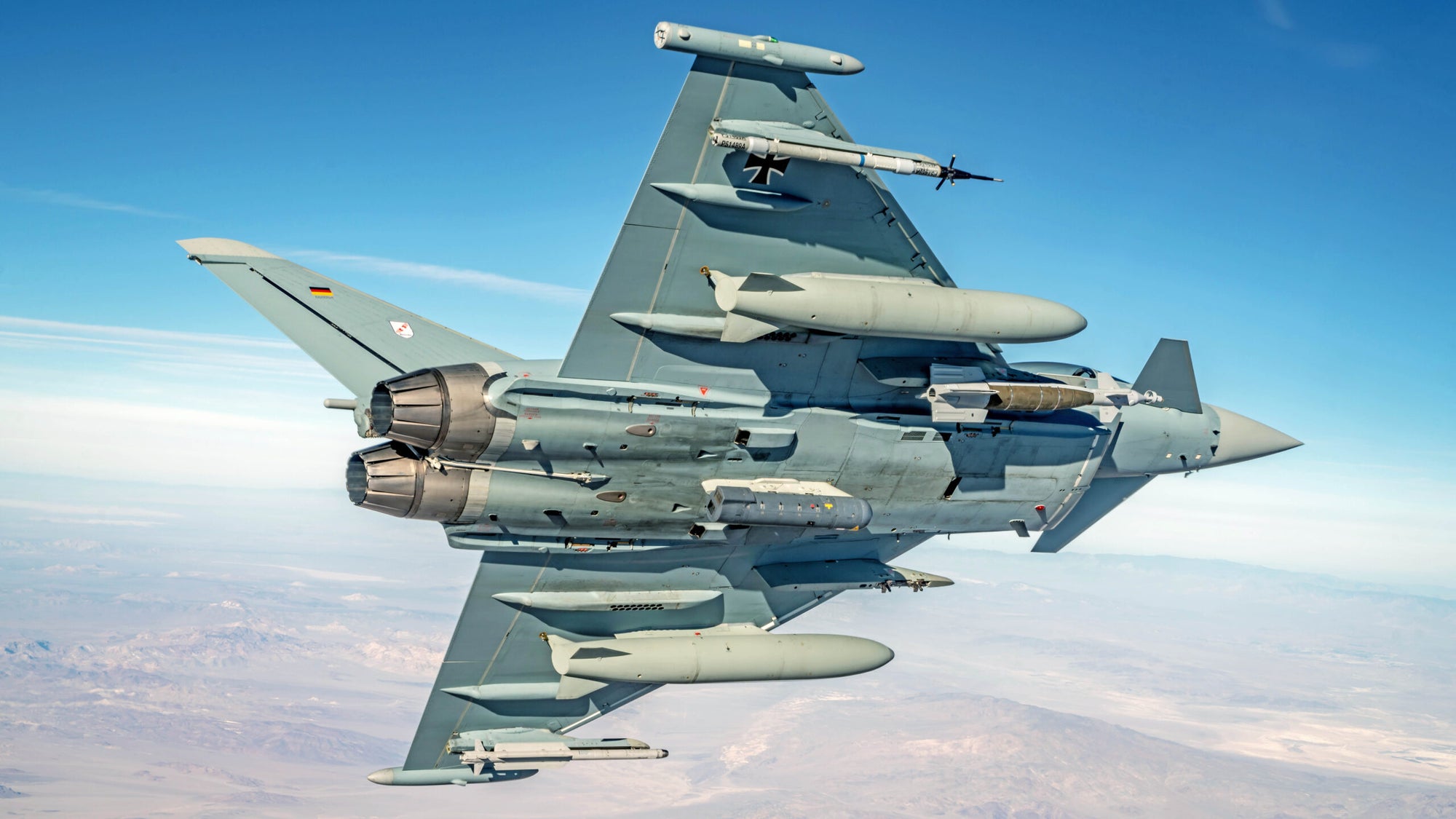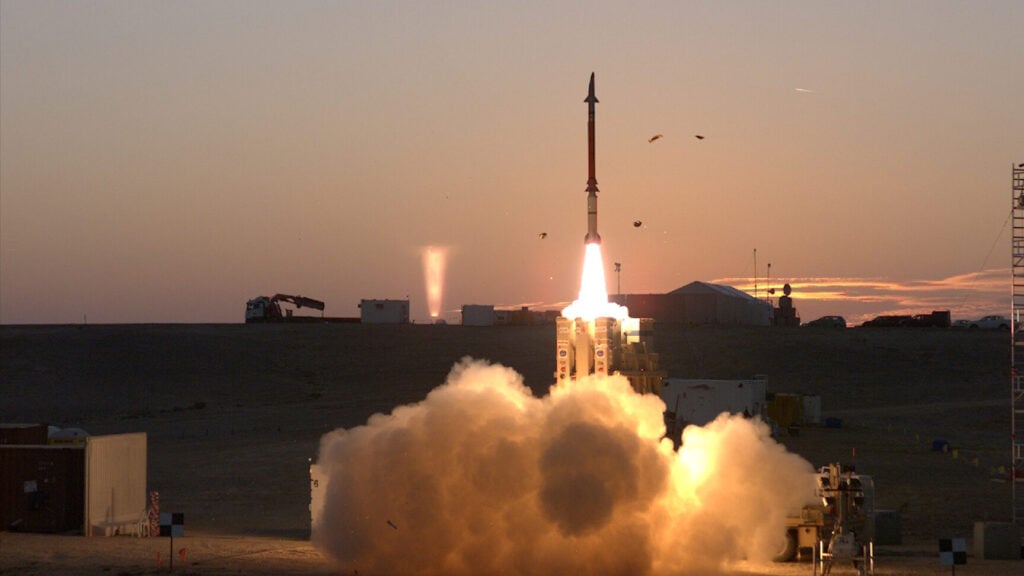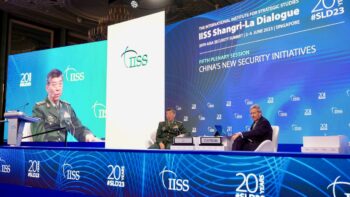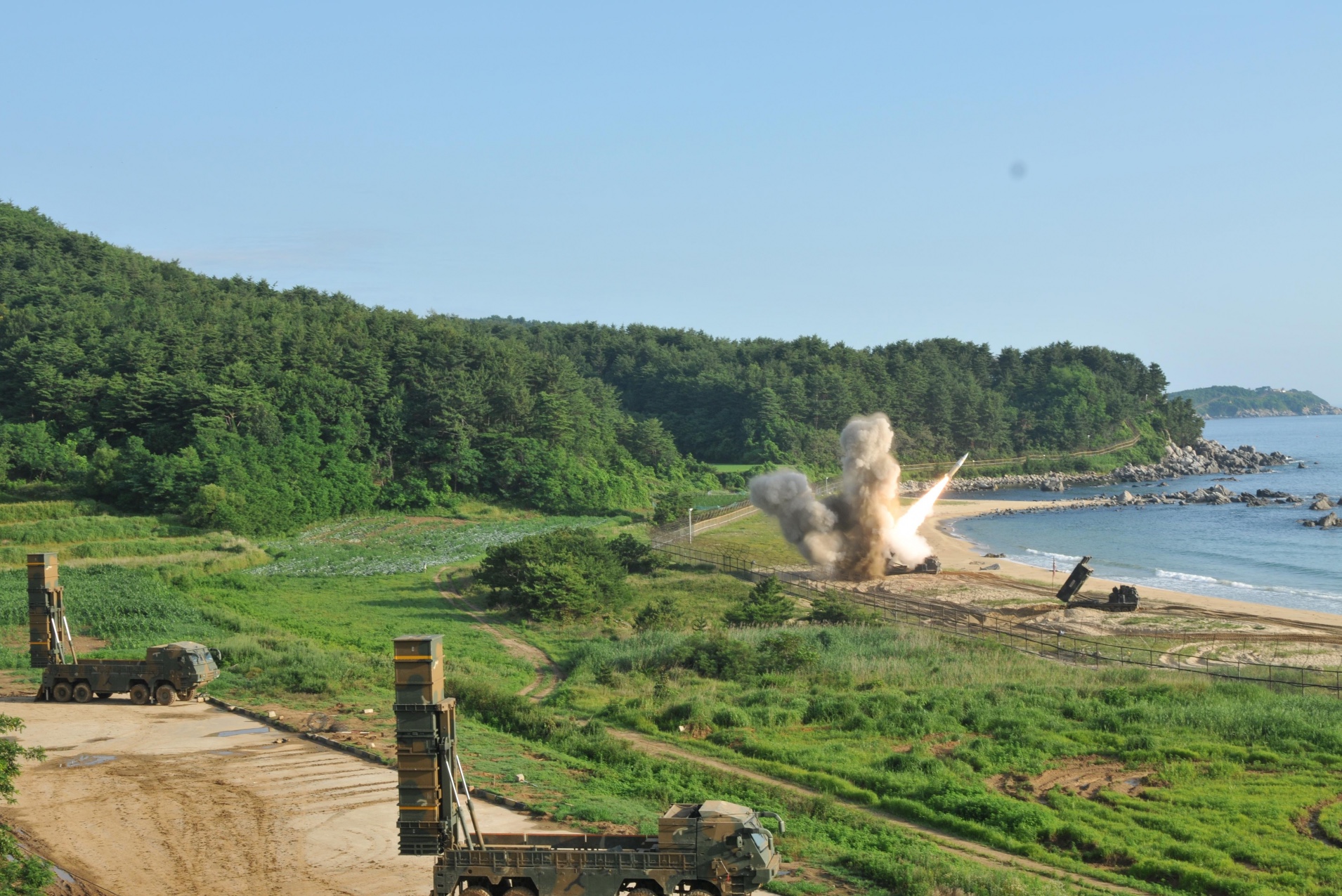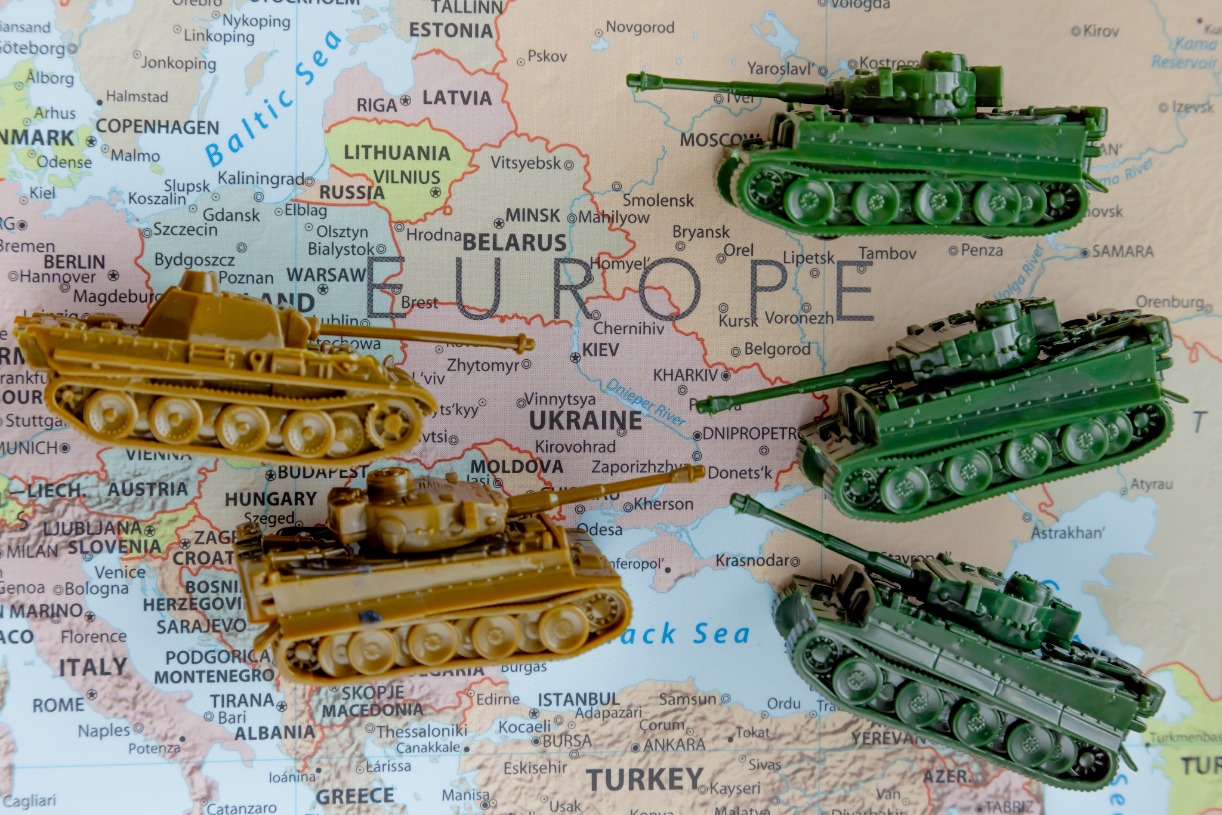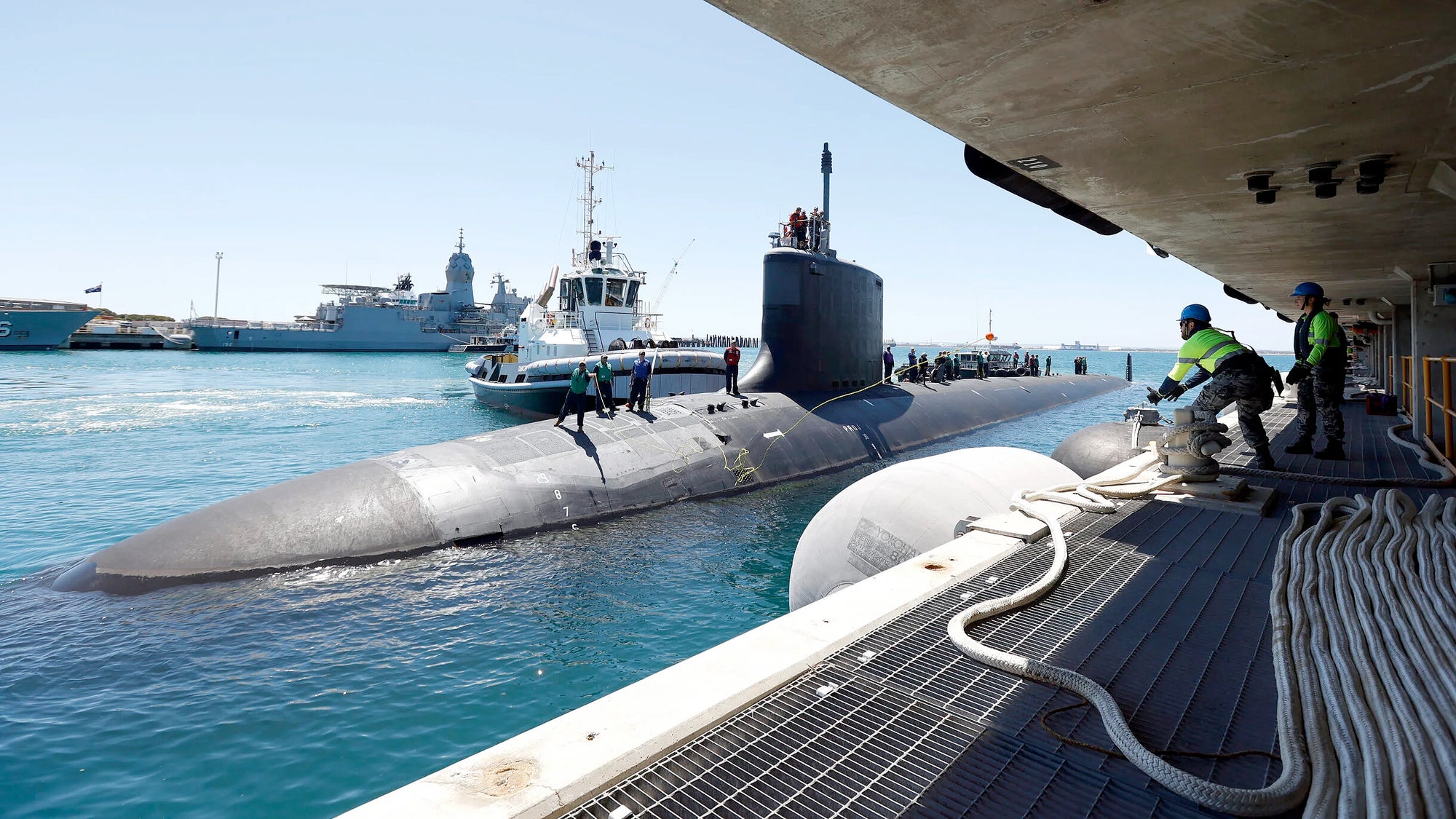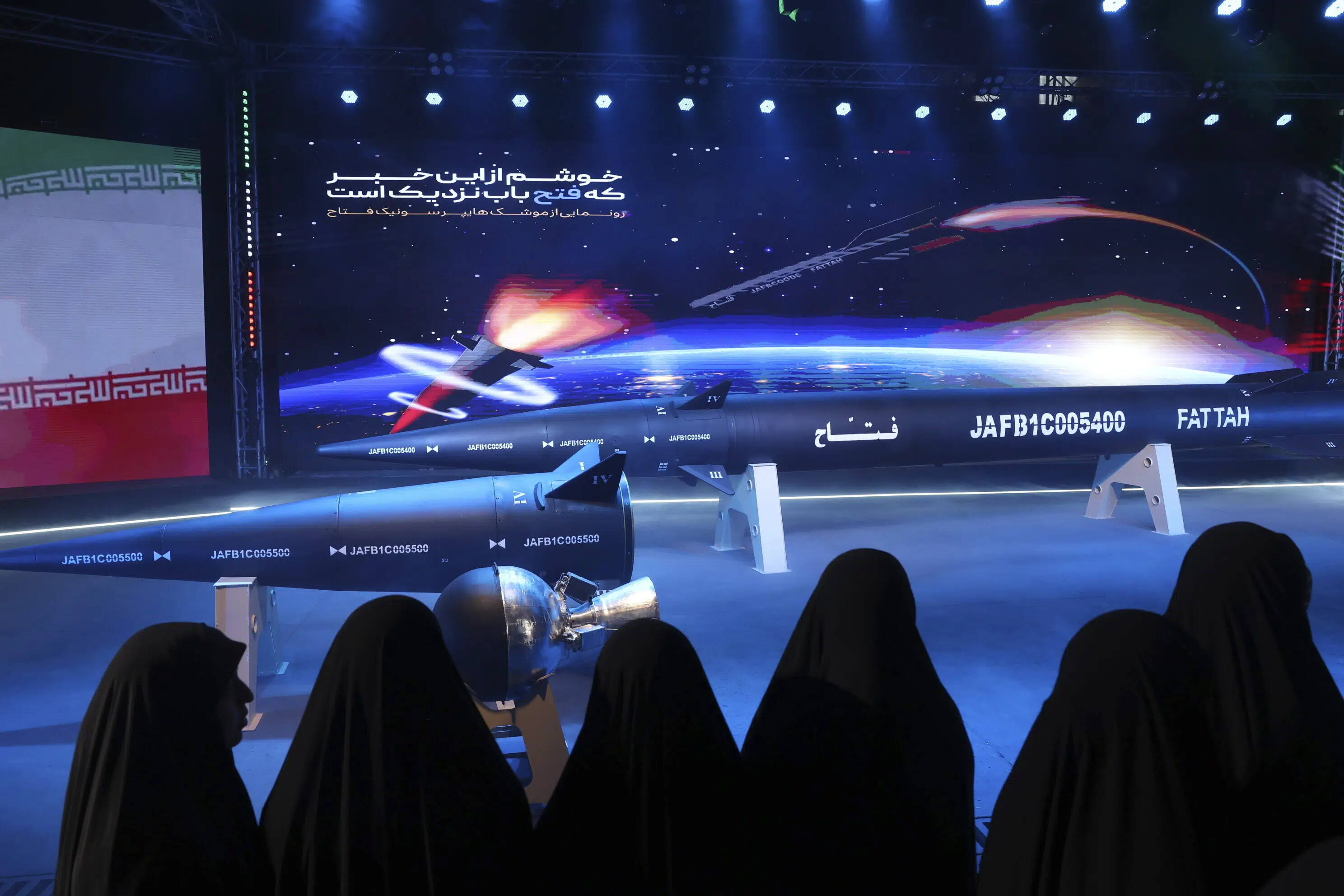Posted for fair use......
North Korean weapons inevitably impact U.S. credibility.

foreignpolicy.com
ARGUMENT
An expert's point of view on a current event.
South Korea’s Nuclear Anxieties Haven’t Gone Away
North Korean weapons inevitably impact U.S. credibility.
By
Robert E. Kelly, a professor of political science at Pusan National University.
JUNE 9, 2023, 11:09 AM
On April 26, South Korean President Yoon Suk-yeol and U.S. President Joe Biden
agreed to a “Washington Declaration.” The declaration reconfirms South Korea’s participation in the Treaty on the Non-Proliferation of Nuclear Weapons (NPT) as a nonnuclear weapons state, following
a spike of discussion in South Korea (formally called the Republic of Korea, or ROK) about going nuclear. This declaration ends, for the moment, any ROK effort to push further.
In exchange, the United States pledged to consult South Korea more closely over nuclear contingencies, including through a new “
Nuclear Consultative Group.” It is unclear just how much ‘nuclear sharing’—regarding planning, deployment, or command decisions—this group will permit. Biden made sure to
add during Yoon’s trip that “I have absolute authority, and sole authority, to launch a nuclear weapon, but what the declaration means is that we will consult with our allies.”
The declaration will blunt the current wave of South Korean nuke-talk. But that debate will likely return, because the declaration does not solve the problem driving it. Namely, the United States may hesitate to fully fight for South Korea in a Korean conflict because North Korea can now range the U.S. mainland with a nuclear weapon. Hence, South Korea’s interest in its own independent arsenal. Further, the United States’ inconsistent commitment to nonproliferation—ostensibly the reason for South Korea to relent—will keep alive perceptions of nuclear asymmetry and unfairness. South Korean
conservatives and
progressives alike have already criticized the declaration.
The upshot of the declaration is that South Korea is now more dependent on the United States for its security, despite the growing nuclear threat to the U.S. homeland and persistent U.S. public interest in a more restrained foreign policy.
In 2017, North Korea achieved the ability to strike the continental United States with a nuclear-tipped intercontinental ballistic missile (ICBM). This step-up from local, conventional deterrence to intercontinental, nuclear deterrence now places the U.S. mainland directly at nuclear risk in a Korean contingency.
This is a huge, unappreciated
shift. The core issue of the U.S.-ROK alliance is now whether the United States can credibly commit to ROK security if full U.S. support could eventuate in a North Korean nuclear strike on the U.S. mainland. I believe the answer is no.
The commitment-questioning value of North Korea’s ICBM was obscured for several years by the efforts of then-U.S. President Donald Trump and then-South Korean President Moon Jae-in to engage North Korea. But those efforts failed, returning the Korean peninsula to its traditional standoff.
More importantly, the Russia-Ukraine war is verifying, in real time, the conjecture that nuclear weapons discourage foreign military assistance. Russia’s nuclear weapons have clearly deterred NATO from faster and better assistance to Ukraine. In fact, Western pundits and officials have
publicly and
repeatedly admitted this.
Since the start of that war, the West has feared crossing a red-line with Russian President Vladimir Putin, and its leaders have
very candidly spoken of this. There has been one NATO debate after another about which form of assistance—a no-fly zone, tanks, rocket artillery, fighter aircraft—might push Putin too far. It is a reasonable counterfactual that NATO would have provided far more help if Russia did not have nuclear weapons.
Furthermore, slow-rolling aid to a foreign partner to prevent nuclear escalation is rational. No one wants a small war—in Ukraine, Korea, Taiwan, or elsewhere—to escalate into a nuclear exchange. Hence, the hesitation we see in Ukraine is likely to occur in Korea, too—or anywhere else where U.S. intervention could reasonably escalate into a nuclear strike on the United States. Inducing these qualms is almost certainly why North Korea built nuclear weapons in the first place.
South Korea is a treaty ally of the United States; the U.S. commitment to it is greater than to Ukraine. So, perhaps, the United States would take more chances. But this is offset by the greater likelihood
that North Korea would use nuclear weapons than Russia (in Ukraine) or China (in a Taiwan scenario). North Korea is much smaller than Russia or China. It is militarily and economically weaker. Any serious Korean conflict would raise existential stakes for Pyongyang, given the peninsula’s artificial division. Hence, North Korea would almost certainly strike first with nuclear weapons.
Decades ago, former French President Charles de Gaulle recognized the alliance credibility problem posed by nuclear weapons. He famously
asked then-U.S. President John F. Kennedy if the United States would countenance a nuclear strike on the American mainland to defend Western Europe. Would Kennedy exchange “New York for Paris?” Kennedy dodged the question, and the French continued building their own nuclear weapons. The South Korean argument for its own nuclear deterrent is identical.
U.S. extended deterrence is credible in conventional overseas scenarios. The U.S. military is very capable, so its chances of success in a conflict are high. The United States is also far from Eurasian battlefields, so even in defeat, such as in Vietnam, foreign conflicts do not come to the U.S. homeland. The U.S. conventional commitment to South Korea is thus credible.
But its nuclear commitment is less so. Can a U.S. ally realistically believe that a U.S. president would put the United States in nuclear jeopardy for non-Americans? Indeed, would any country risk its own citizens for noncitizens against a threat as momentous as nuclear weapons? Perhaps if North Korea could only launch conventional missiles, or a single nuclear missile, or if that missile could be reasonably expected to miss or be shot down.
But North Korea continues to test and build. This problem will worsen, not improve. We know that Pyongyang seeks hypersonic missiles and submarine-launched ballistic missiles. Other logical next steps include multiple-warhead missiles and fusion warheads in the megaton-range. North Korea is building out a full-spectrum nuclear program, and there is no reason to think it will stop.
Even if a U.S. president
wished to run such a serious risk in the name of alliance credibility, Congress and the U.S. public would almost certainly balk—just as Congress today
hedges on assistance to Ukraine. Nor could a U.S. president publicly admit that the nation is willing to risk thousands, perhaps millions, of Americans on behalf of non-Americans. U.S. Sen. Lindsey Graham even
admitted this when discussing Korean war scenarios with Trump in 2017. Americans may not pay much attention to foreign policy, but their ignorance of the stakes should not be taken as endorsement of such a large risk.
Unfortunately, conventional Korean scenarios do not get around this problem, because there is probably no conventional-only scenario in Korea anymore. North Korea would rapidly lose a conventional conflict. Pyongyang knows this, dramatically raising the likelihood it will use nuclear weapons first, at least tactically. In this way, a Korean scenario is even more frightening than the war in Ukraine. A Russian defeat in Ukraine will not end the Russian state, so Putin’s incentive to use nuclear weapons is reduced. By contrast, any escalating exchange between the two Koreas would raise existential stakes for Pyongyang, incentivizing nuclear first use.
Hence, the argument that South Korea should ‘
self-insure.’ With its own nuclear weapons, the ROK’s inevitable nuclear security anxiety would decrease. The alliance would be spared bitter, irresolvable arguments over nuclear sharing, where the United States would try to retain sole nuclear release authority while South Korea struggled to gain more say as an alternative to building its own weapons. Indeed, we already see that infighting in the
conflicting interpretations of the Nuclear Consultative Group. It is simply impossible for the United States to credibly commit to full South Korean security while also maintaining sovereign control over its own nuclear weapons.
The declaration agreed upon by Biden and Yoon also illustrates the United States’ spotty, politicized commitment to nonproliferation, which will help keep the South Korean debate alive. Specifically, the declaration recommits South Korea to nonproliferation but does not recommit the United States—which is also a signatory of the NPT. As a nuclear weapons state, the United States is supposed to
build down its own arsenal and encourage others to do so. America is
not doing this, nor is it encouraging nuclear allies and partners to do so.
The U.S. foreign-policy community will
defend the declaration as upholding the NPT and nonproliferation norms, preventing the spread of nuclear weapons and a regional nuclear cascade in East Asia. Perhaps, but this framing sidesteps a lot:
First, U.S. nonproliferation commitments are politically selective, beginning with the United States itself. Although the U.S. arsenal has shrunk since its Cold War highs, the country continues to maintain far more nuclear weapons than it needs for deterrence. The United States has
more than 5,000 nuclear warheads today; credible nuclear deterrence requires perhaps
100 survivable warheads. Nor does America intend to build down, despite obsolete weapons offering an opportunity to do so. Instead of retiring aging weapons, Washington will modernize its entire arsenal over the next
30 years at a cost exceeding $1 trillion. This build-up obviously violates the spirit of the NPT which Washington simultaneously expects Seoul to uphold.
The United Kingdom and France, also NPT-recognized nuclear weapons states, are supposed to build down too. But the United States does not pressure them to do so. And of course, the United States has long given Israel, India, and Pakistan a pass on nonproliferation norms. By contrast, South Korea met a wall of American resistance, despite legitimate, post-2017 security concerns which fit the NPT’s “supreme interest” justification for treaty exit. If the Washington Declaration is to promote nonproliferation, then the United States should have re-obliged itself too.
Second, South Korea is a liberal democracy, well-governed, a trusted U.S. ally, and has a long record of safe nuclear power generation. There is no obvious reason why its possession of nuclear weapons is less safe than possession by states such as France or the U.K. Arguments
about safety— that more nuclear weapons mean more possibilities of accidents, loss, theft, rogue sale, and so on—apply no more to South Korea than to other nuclear-weapons states. Indeed, fears about quantity leading to error are best applied to the United States and Russia, which have the largest arsenals.
Were South Korea to leave the NPT, it would do so legally and in stepwise fashion. Any subsequent development of South Korean nuclear weapons would be tied to North Korean and Chinese behavior. This would give North Korea, and its Chinese nuclear enabler, time to consider that Pyongyang’s reckless sprint toward ever-more powerful weapons does, in fact, have consequences.
Third, the nonproliferation norm cannot simultaneously be so important that the United States will obliquely threaten an ally into demurring – the hidden stick behind the Washington Declaration was probably a threat to
cut off South Korea from the Nuclear Suppliers Group – but also so fragile that the norm cannot handle one democracy withdrawing from the NPT in good order for very obvious strategic reasons. This is logically inconsistent. So is the United States’ own nonproliferation-undercutting nuclear behavior—its incipient modernization despite the NPT’s exhortation to do the opposite. Again, the declaration should have recommitted the United States to nonproliferation too, and the hypocrisy of not doing so is part of the reason for the mixed ROK response.
Finally, the Washington Declaration illustrates, yet again, the
reflexive hegemonic aspirations of the Washington foreign-policy community—the so-called ‘blob.’ The United States limited an ally’s strategic options while holding itself above a standard of behavior it expects from others.
The United States
regularly protests allied shirking and cheap-riding, but this declaration derailed a strategic debate which would have increased an ally’s autonomy and self-responsibility. If the United States is ever to pursue the less sprawling, more restrained foreign policy the U.S. public
wants, then allied debates like this will be result. That the United States slapped down the South Korean debate so sharply only illustrates that the blob, no matter its
failures in the past decades, remains committed to expensive, forward, interventionist American dominance.
There are unadmitted downside consequences to this usurpation of allied defense debates. It opens the US homeland to nuclear retaliation when those allies face nuclear opponents. U.S. nonproliferation advocacy is not credible when it is hypocritical, and so it must rely on threats. If the United States insists on structuring allies’ strategic choices, then allies will continue to shirk. The allied strategic immaturity which the United States finds so frustrating—for example, in Europe, regarding the Russia-Ukraine war, or Japan’s low defense spending—will persist if the Washington dictates rules while not abiding by them.
Ostensibly, the declaration will prevent a regional nuclear cascade, but that inference is transparently incorrect. All the autocracies of northeast Asia—North Korea, China, and Russia—have nuclear weapons and are building up, not down. Instead, the actual outcome of the Washington Declaration is to pin South Korea’s
nuclear security entirely on the United States, with all the under-acknowledged risk that entails.
Robert E. Kelly is a professor of political science at Pusan National University. Twitter:
@Robert_E_Kelly
latest
China Seeks Cuba Spy Base to Collect U.S. Signals Intelligence
JUNE 9, 2023, 7:00 PM
Ecocide Accusations After Ukraine Dam Blast May Change International Law
JUNE 9, 2023, 3:59 PM
Ukraine's Big Counteroffensive Gets Underway
JUNE 9, 2023, 3:06 PM
Saudi Oil Cuts, Ukrainian Dam Disaster: Foreign Policy's Weekly International News Quiz
JUNE 9, 2023, 2:06 PM
